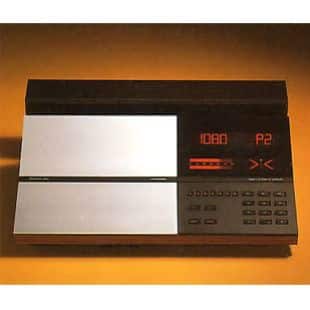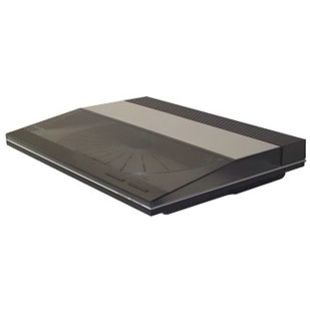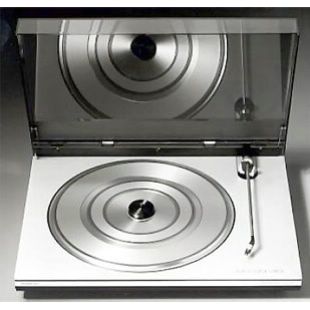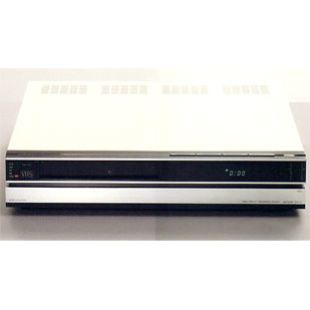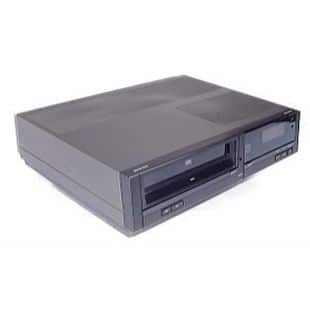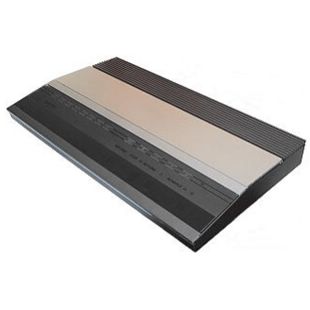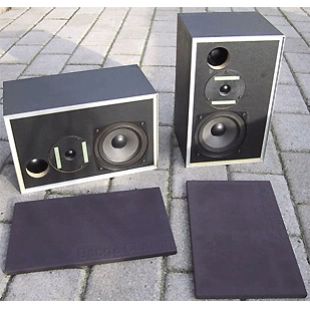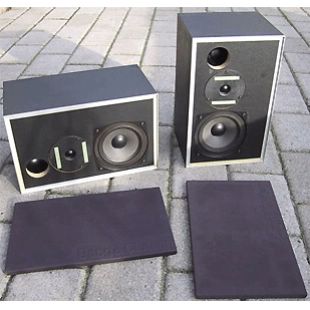BeoMaster 4500
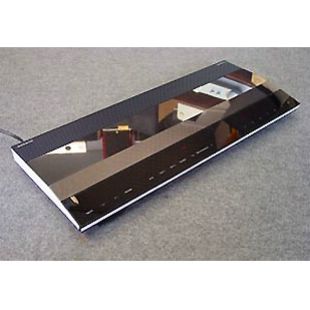
The Beomaster 4500 radio/amplifier received both FM and AM radio and was your communication link to the other sound sources in the system. Its operation was simplicity itself with an illuminated menu presenting all the options available. 20 radio stations could be pre-set providing you with instant access together with automatic fine tuning.
The 2 x 55 watt/8 ohm amplifier had a newly-developed, well-balanced interplay with the power supply which gave the output extra strength. The power reserve encompassed the entire frequency range and gave stable sound quality no matter what the volume. Beomaster 4500 also had automatic power handling control that prevented overloading, no matter how many loudspeakers were connected, as well as a special loudspeaker socket which ensured optimal utilisation of BeoLab active loudspeakers.
Beomaster 4500 could be used as part of the Beosystem 4500 hi-fi system and could be controlled via a Beolink 1000 remote control terminal. Later models of Beomaster 4500 could be controlled by the two-way Beolink 5000 and had the extra benefit of programmable timer functions (note that only Beomaster 4500 models with a software version of 2.1 and higher were able to handle two-way communication as well as the timer function.)

